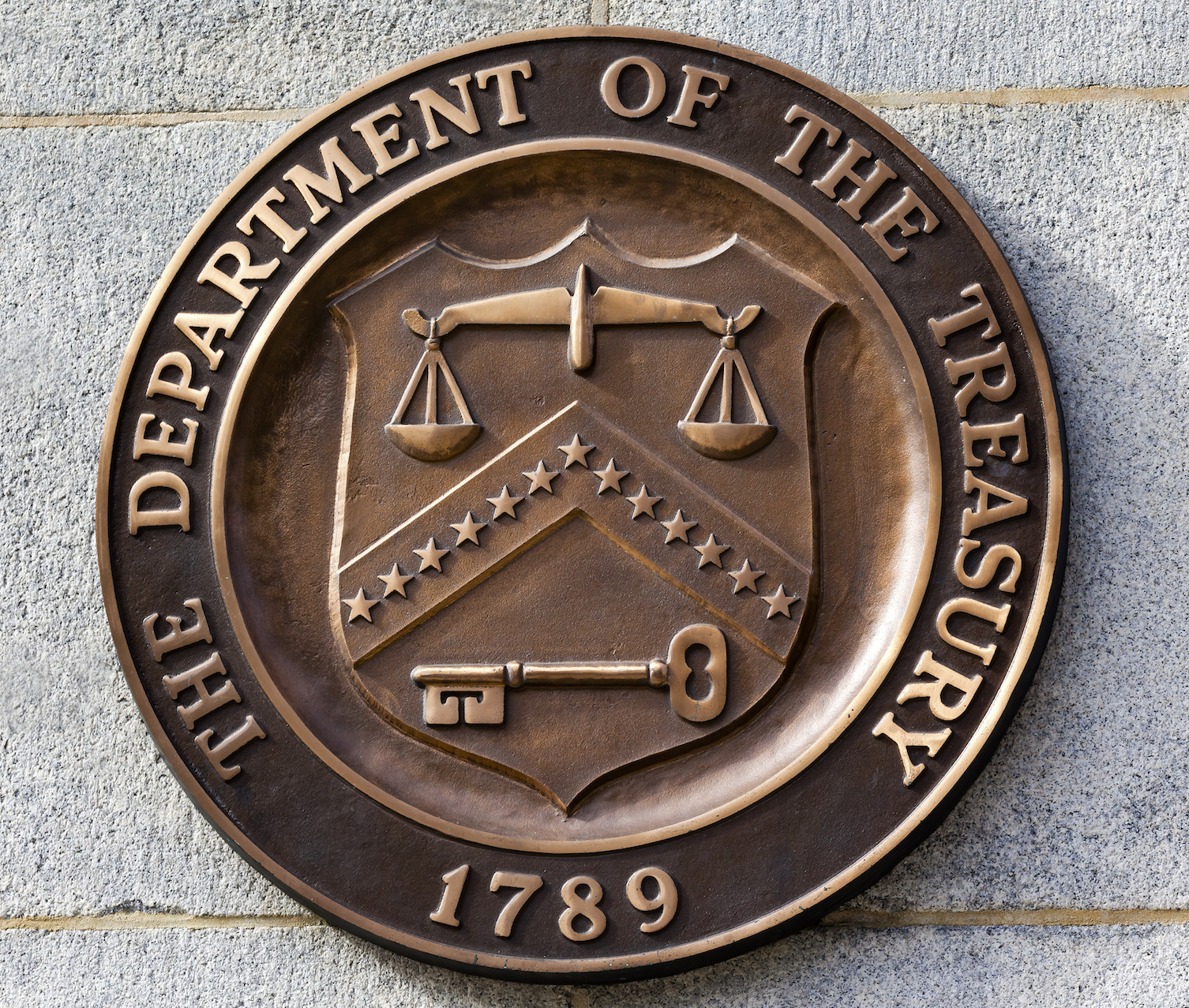
August 29, 2018
Too big to sanction? U.S. struggles with punishing large Russian businesses.
Source: The New York Times
Journalists John Hudson, Jeanne Whalen
When the Treasury Department imposed tough sanctions on Russian oligarch Oleg Deripaska and his companies in April, the fallout for the Putin ally was fast and fierce.
Western customers stopped buying from the aluminum company he controls, sinking its share price and shaving Deripaska’s fortune from $6.7 billion to $3.4 billion, according to Forbes estimates.
The sanctions also caused havoc far beyond Russia. Global aluminum prices spiked, battering U.S. and European companies that use the metal. After an outcry from manufacturers and foreign governments, Treasury softened its stance, giving companies more time to end dealings with the aluminum producer, Rusal, and suggesting it could lift sanctions on the company if Deripaska cedes control.
The episode is a cautionary tale as the United States readies more sanctions against Russia, including some beginning Monday that will affect U.S. technology exports, and some under consideration in Congress that could prove painful for European oil and gas companies.
Compared with other countries that have been under U.S. sanctions, including Iran, Cuba, Myanmar and North Korea, Russia plays a bigger role in global commerce, giving the sanctions more potential to sting — both their intended targets and unintended bystanders in the United States and Europe, economists and trade experts say.
Russia “is part of the world economy,” said Richard Sawaya, a sanctions expert at the National Foreign Trade Council, an industry-financed organization that advocates free trade. “It’s a member of the World Trade Organization,” he said. “Its banks are connected throughout Europe and the U.S.”
Read the Full Article at The New York Times
